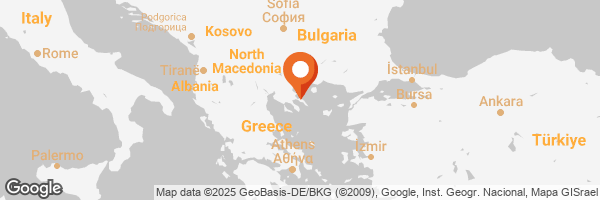Even though I’m not religious, I respect Greece’s heritage, and religion is a big part of that. That’s why I decided to visit Mount Athos, or Agio Oros—the most sacred place in Greece, home to centuries-old monasteries that represent the Orthodox Church. It’s a place unlike any other, where daily life is dictated by faith, tradition, and a complete separation from the modern world.
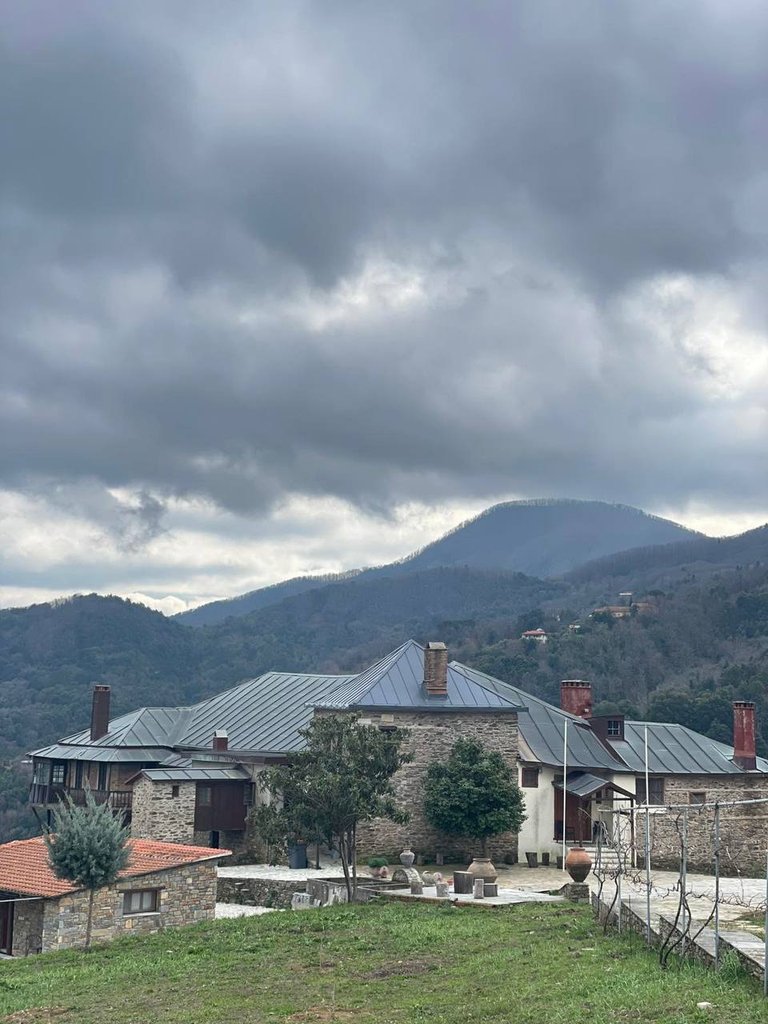

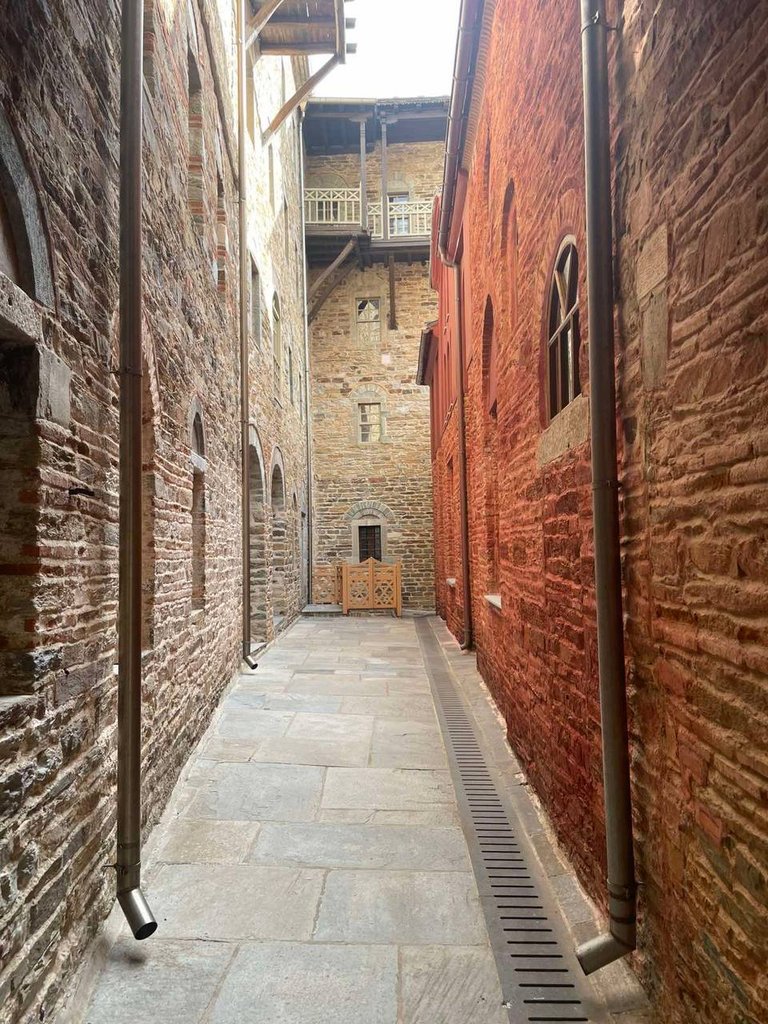
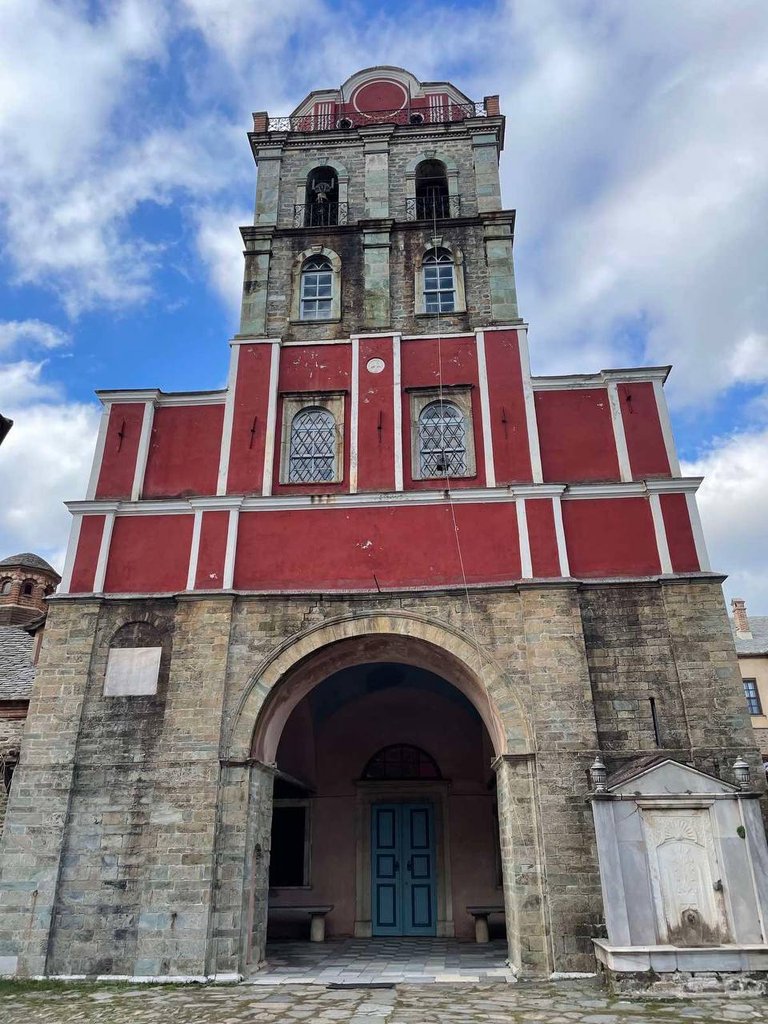
Getting There and First Impressions
Visiting Mount Athos isn’t as simple as buying a ticket and showing up. Only men are allowed, and you need a special permit, the “diamonitirion,” which you have to apply for in advance. After securing mine, I took a boat from Ouranoupoli, the only way to enter. The moment we got close, I could already tell this wasn’t just another Greek island. The monasteries, built like fortresses on the cliffs, looked ancient and untouched. There were no hotels, no beach bars, no signs of modern tourism—just monks, pilgrims, and a few other visitors like me.
Daily Life on Athos
Mount Athos runs on its own schedule, using Byzantine time, which means the day starts at sunset. Monks wake up early—really early—and start with hours of prayer. I stayed at one of the monasteries, where the routine was simple but strict. Meals were served twice a day, always in silence, with only the sound of religious readings in the background. The food was basic but good—bread, olives, soup, and some local wine.
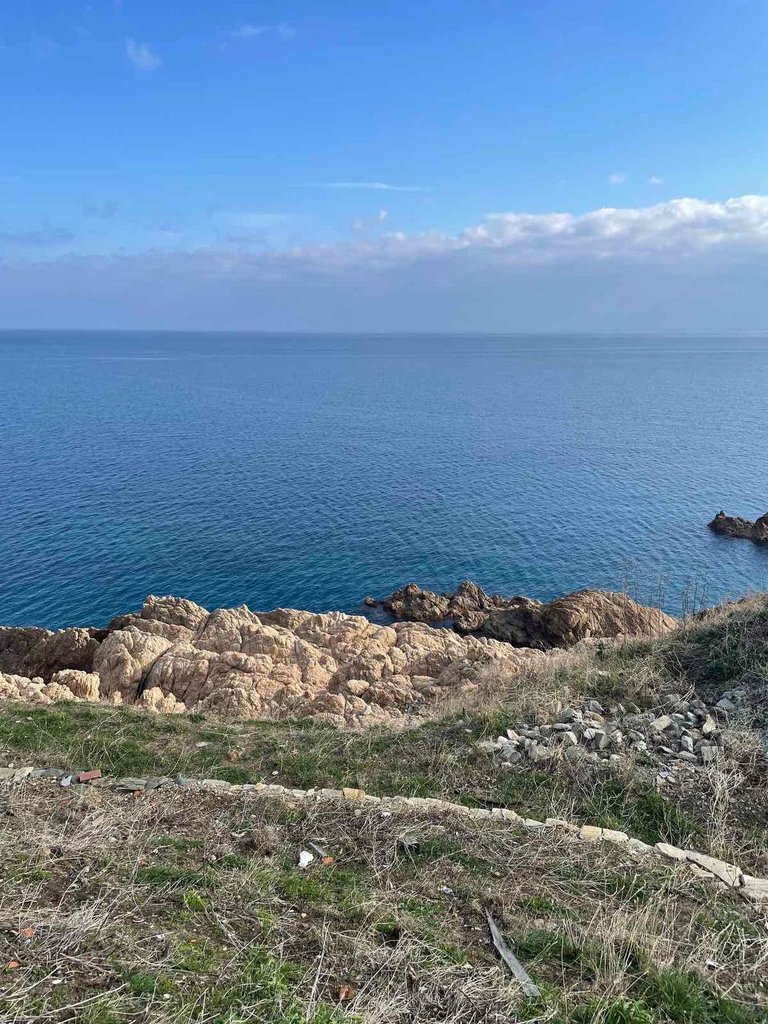
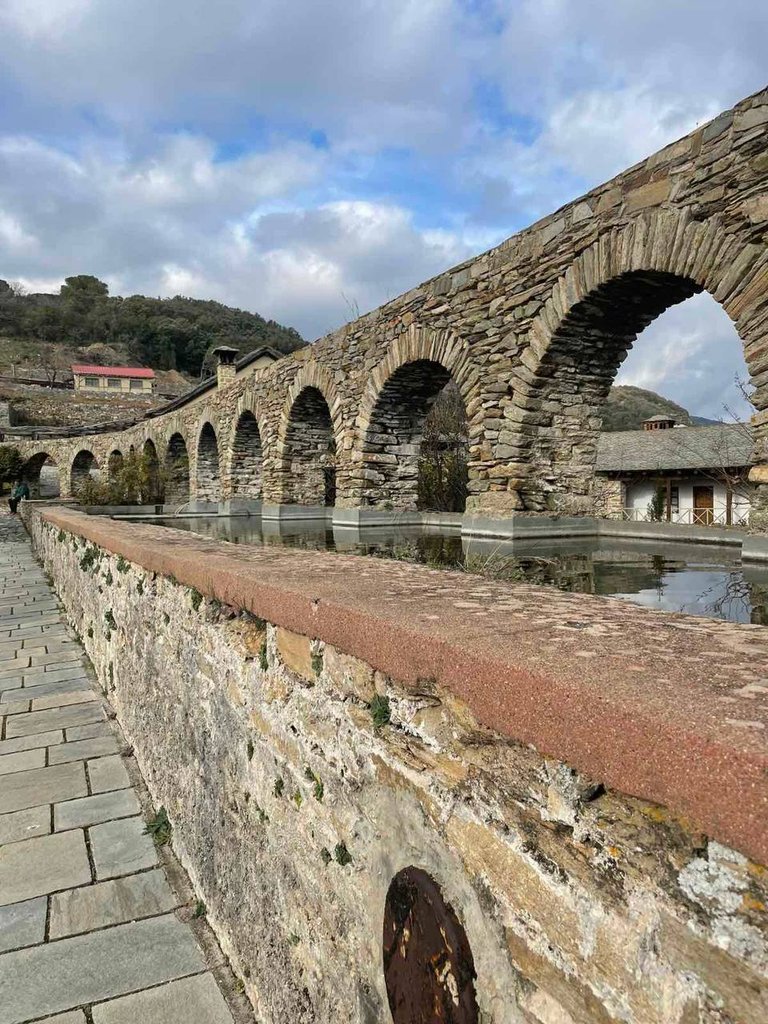
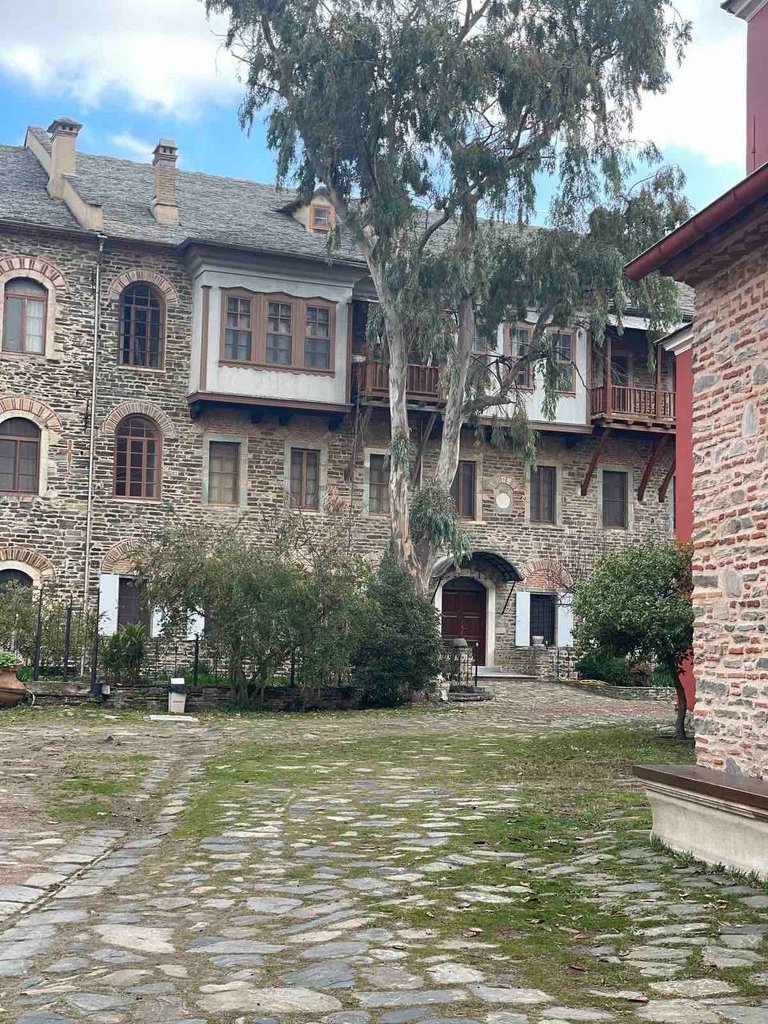
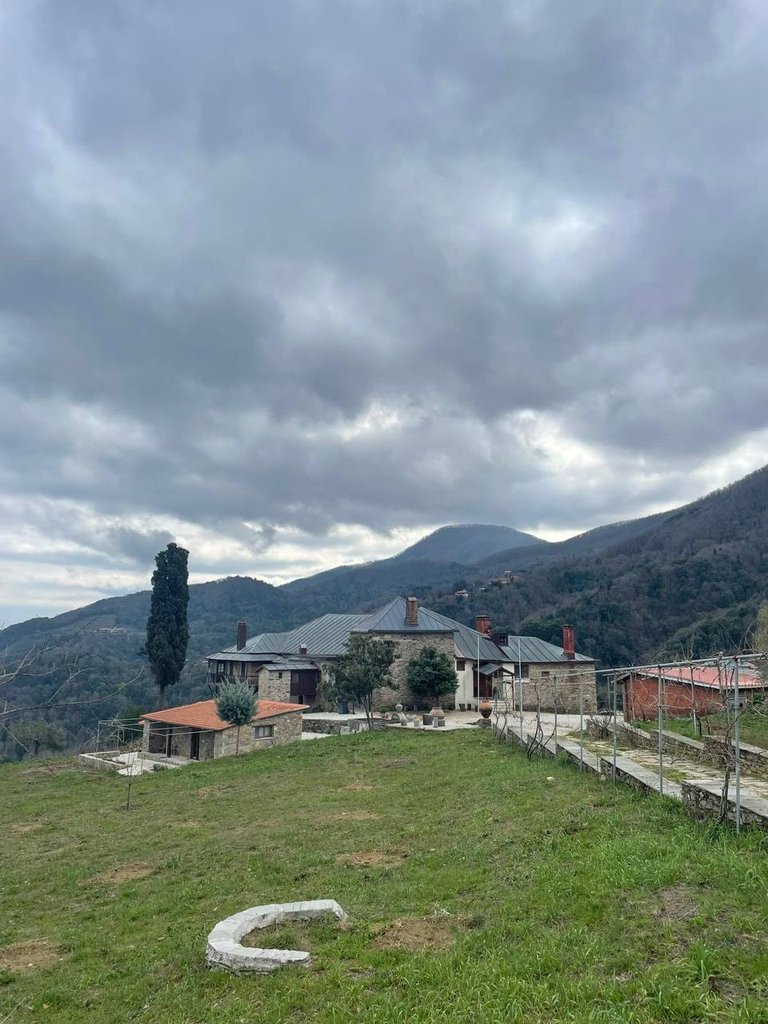
Without phones or internet, time felt slower. The quiet was something I hadn’t experienced in a long time. No traffic, no notifications—just nature, the sound of waves, and distant church bells.
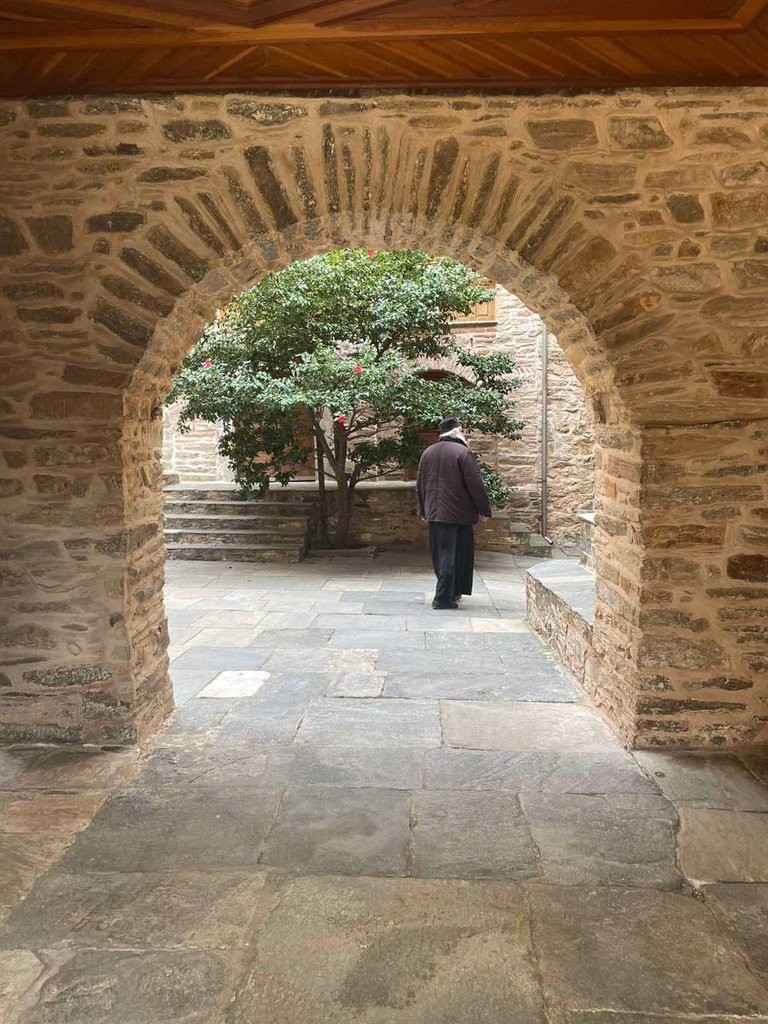


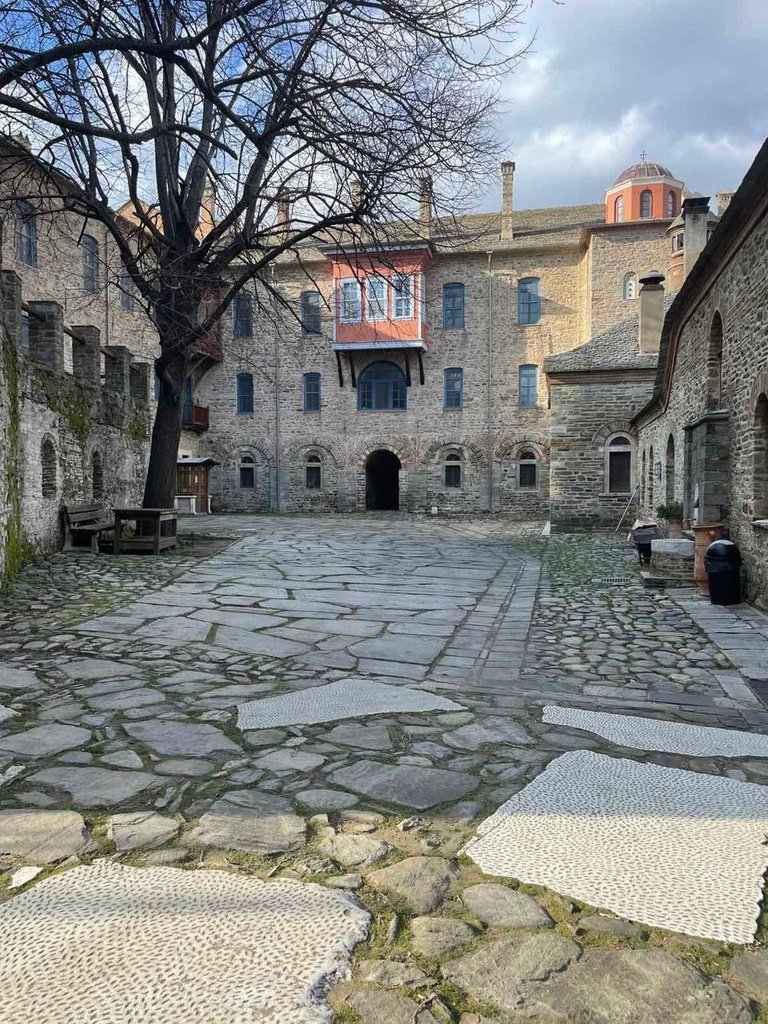
Exploring the Monasteries
Mount Athos has 20 monasteries, each with its own history. I visited a few, including the Great Lavra, the oldest and largest, and Simonopetra, which is built on a cliff and looks like something out of a medieval movie. Inside, the walls are covered in Byzantine frescoes, and many monasteries house relics that some believe have miraculous powers. Even as someone who isn’t religious, I could see the dedication and discipline of the monks. They’ve committed their lives to this, following routines that haven’t changed for centuries.
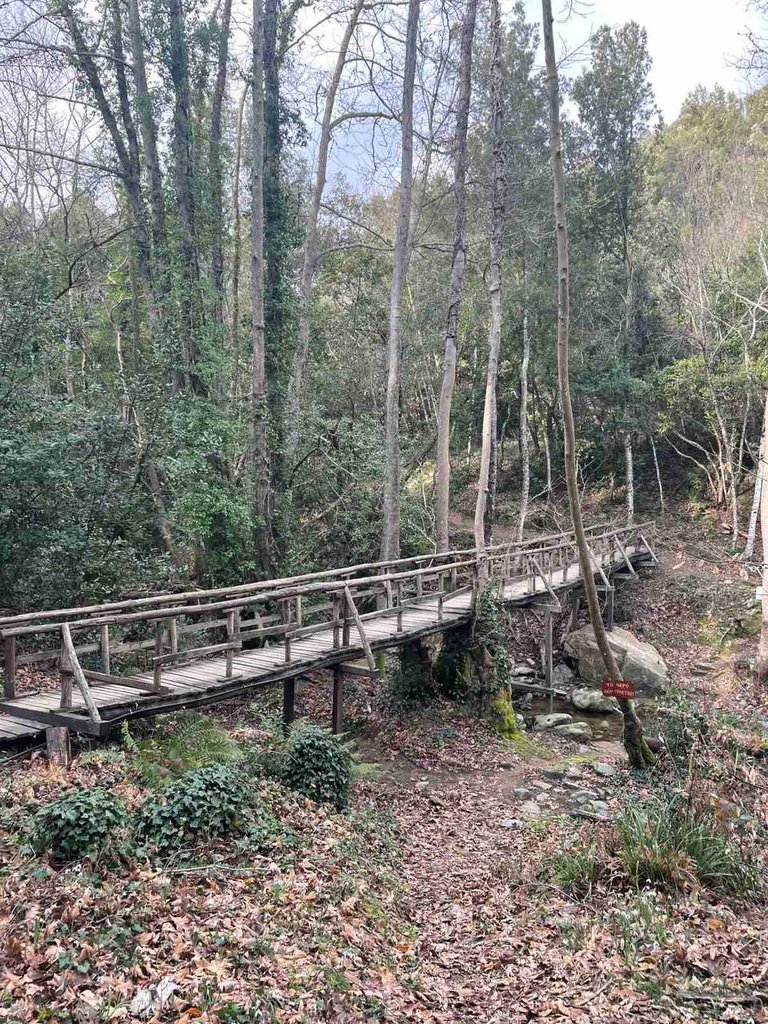
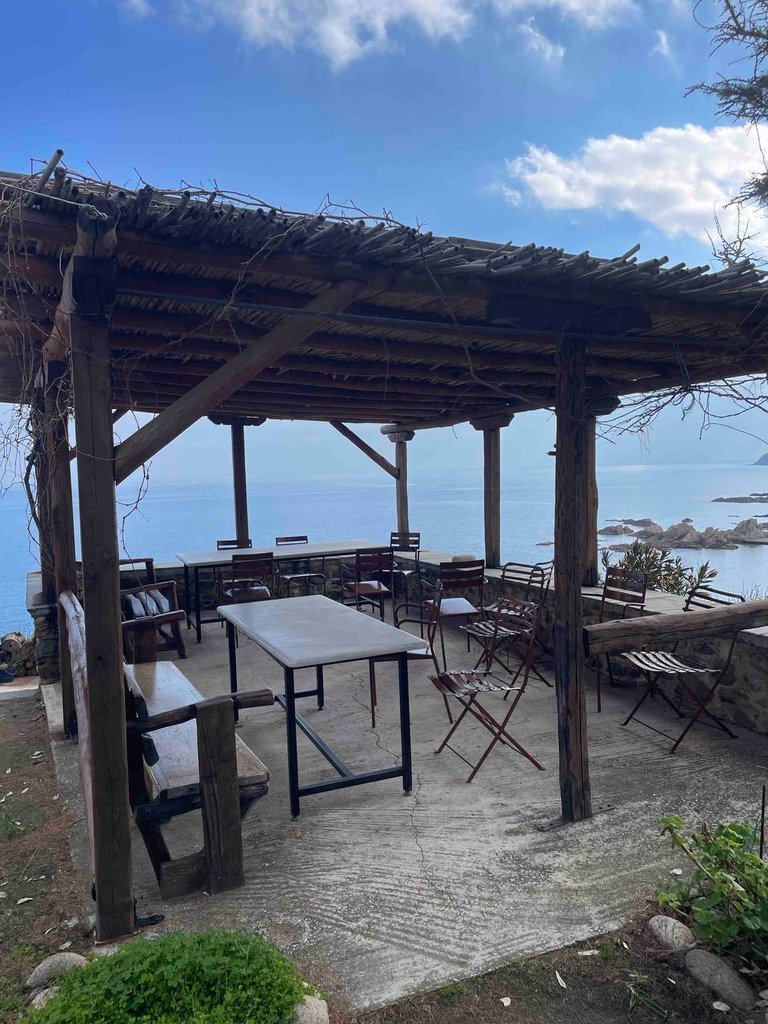
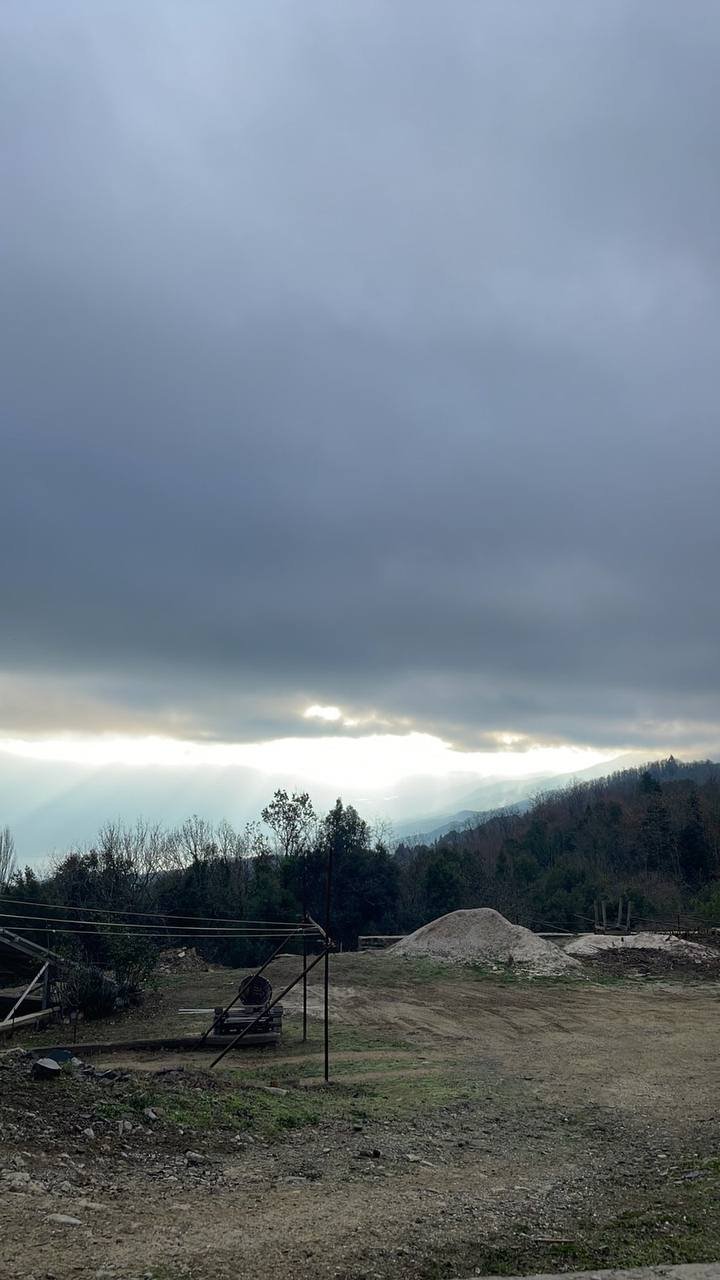
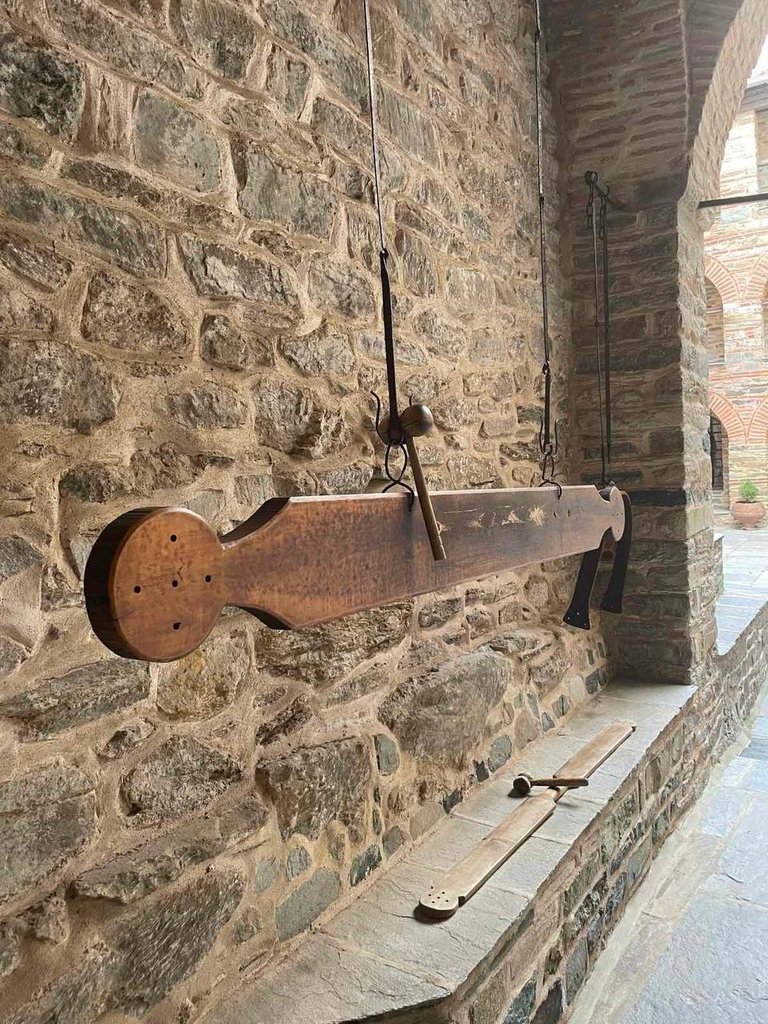
Mount Athos isn’t just a religious site—it’s a completely different world. There’s no modern entertainment, no distractions, just tradition, faith, and a way of life that has remained untouched for over a thousand years. Even though I don’t personally follow these beliefs, I found the experience valuable. It gave me a look at a part of Greece that many never see. Leaving on the boat, watching the monasteries fade into the distance, I couldn’t help but respect the place. It’s not for everyone, but it’s definitely something unique.
